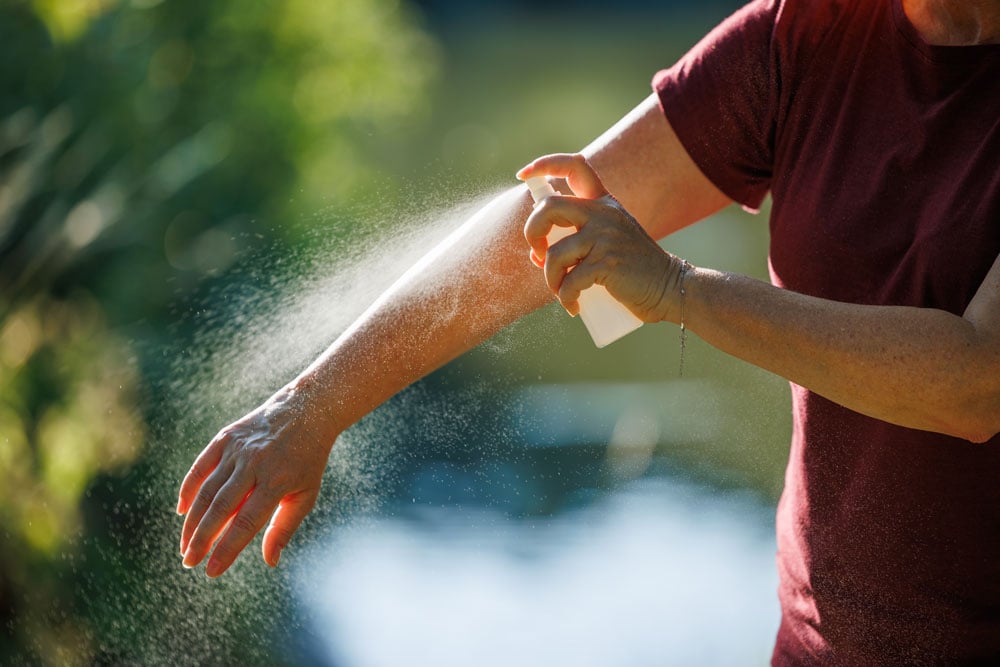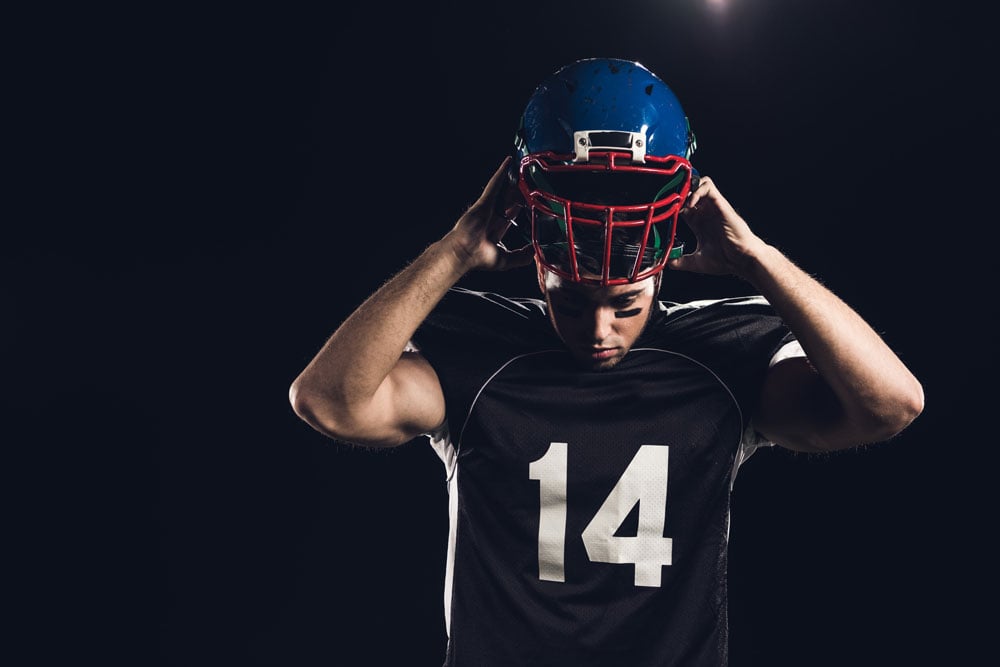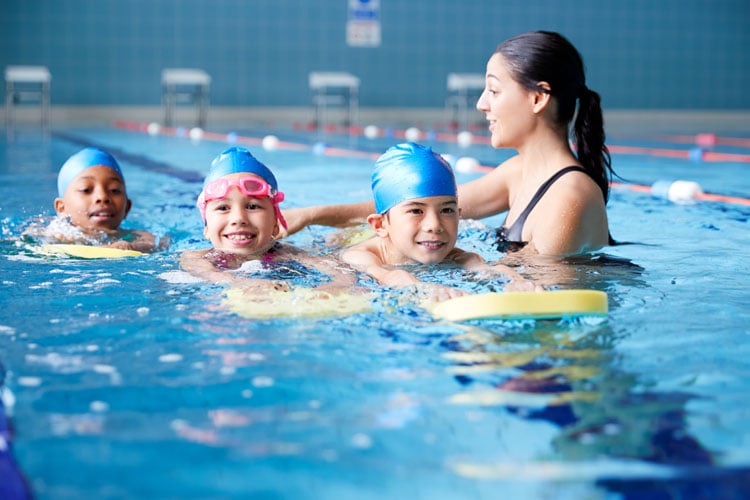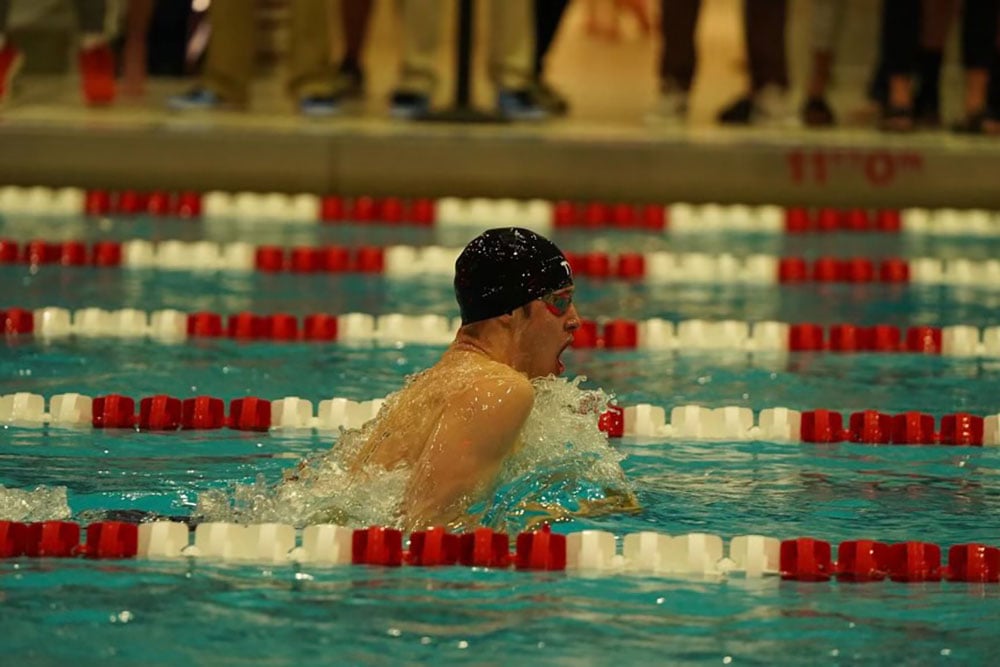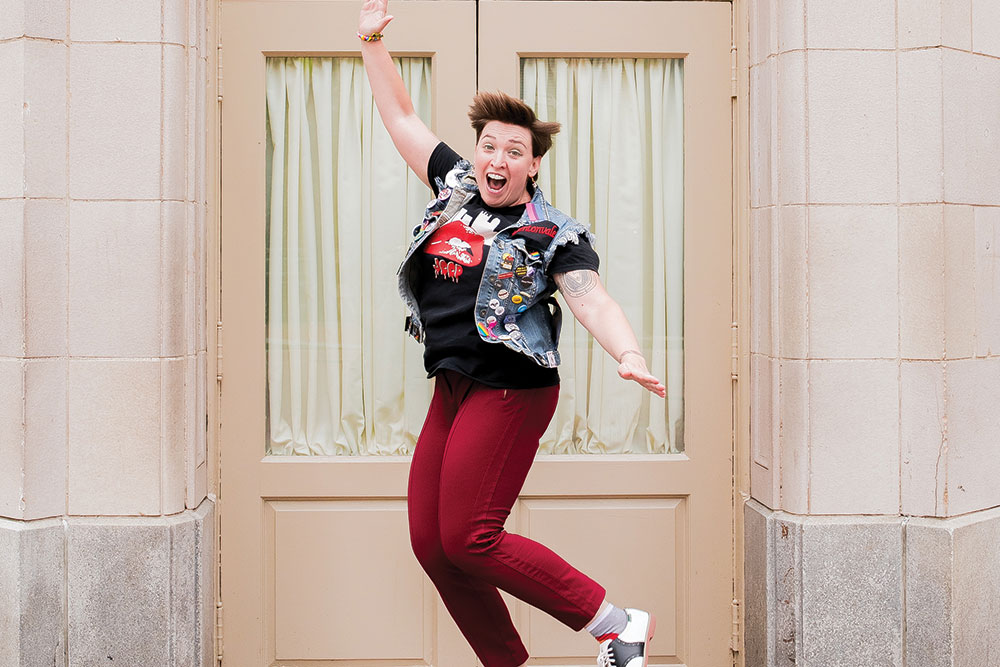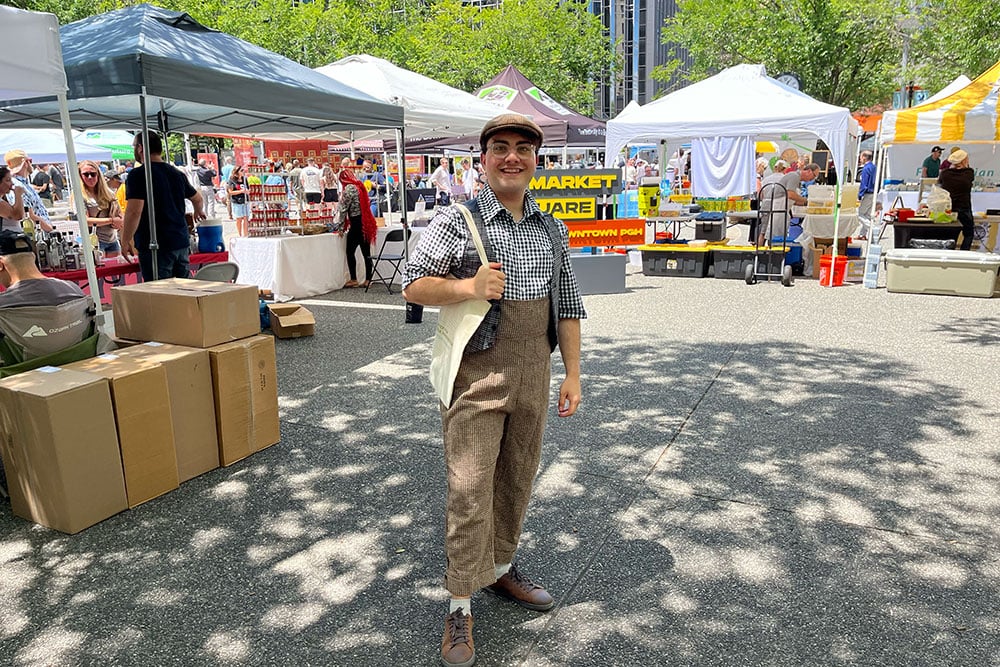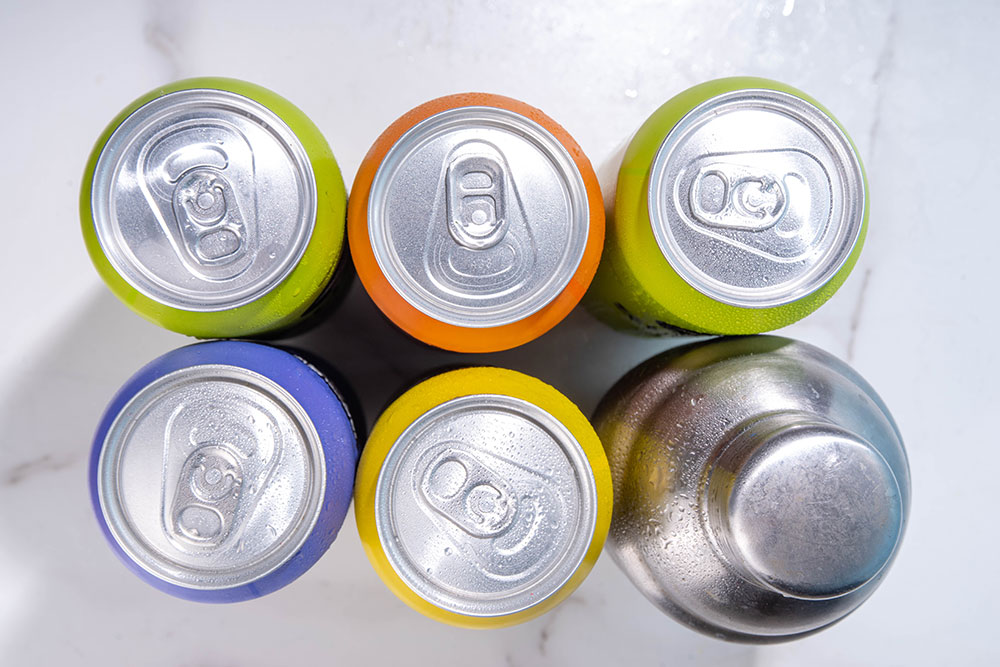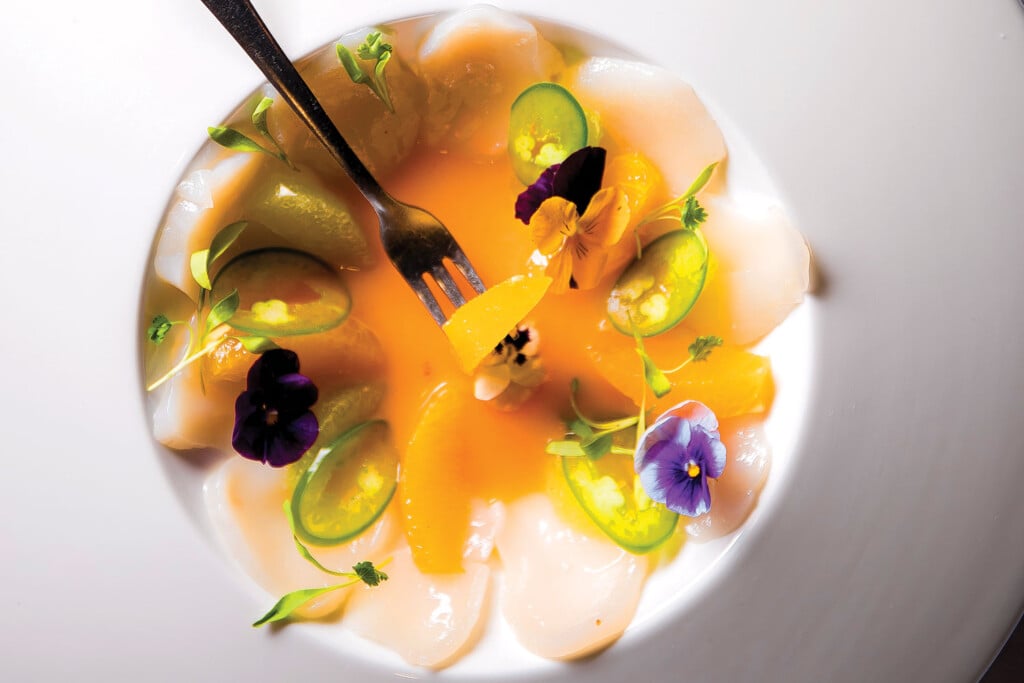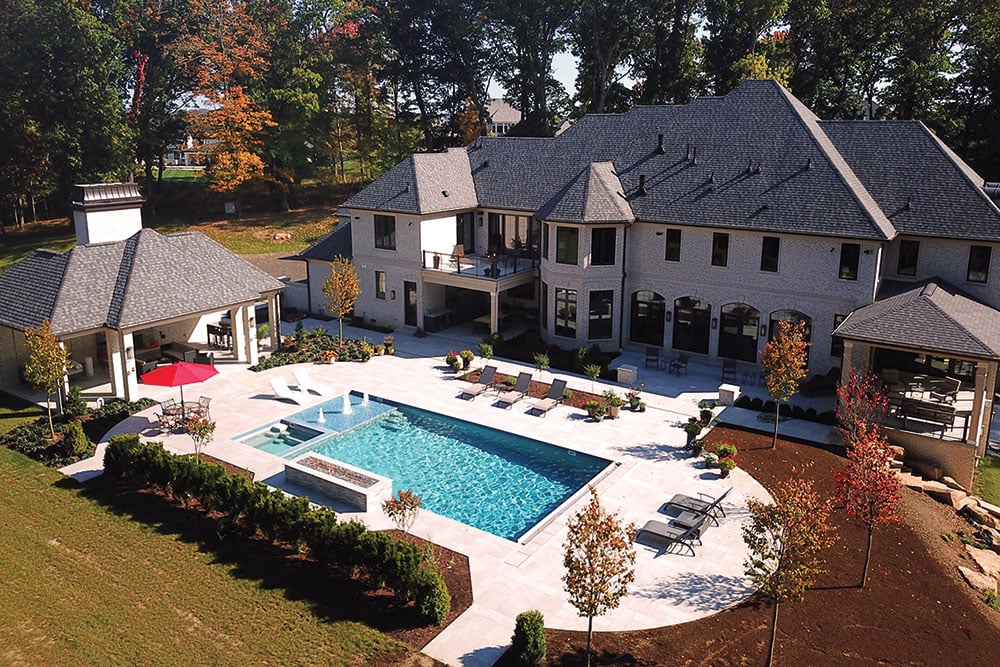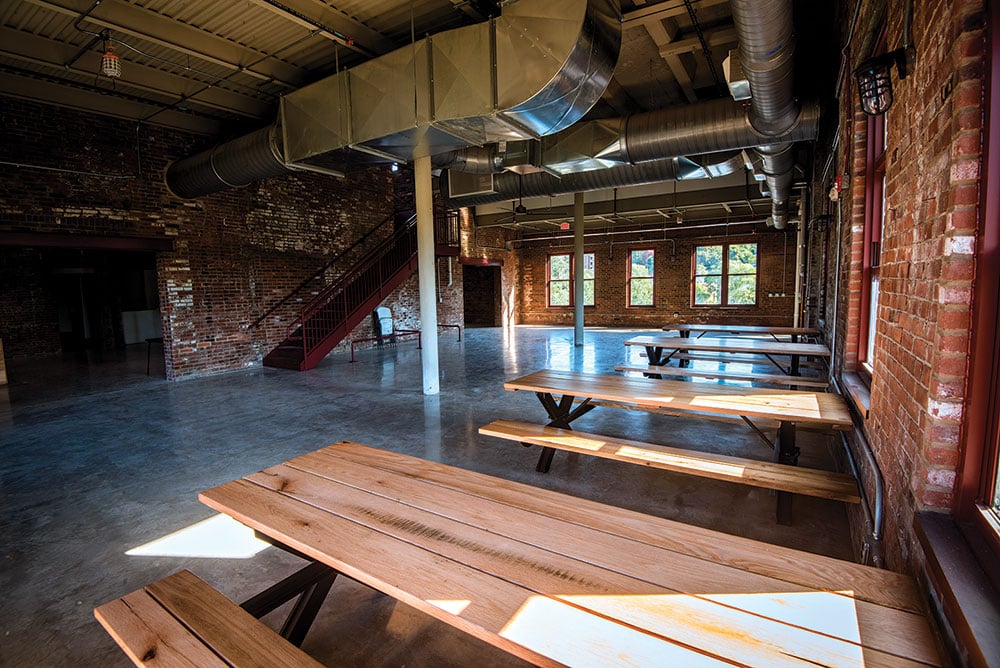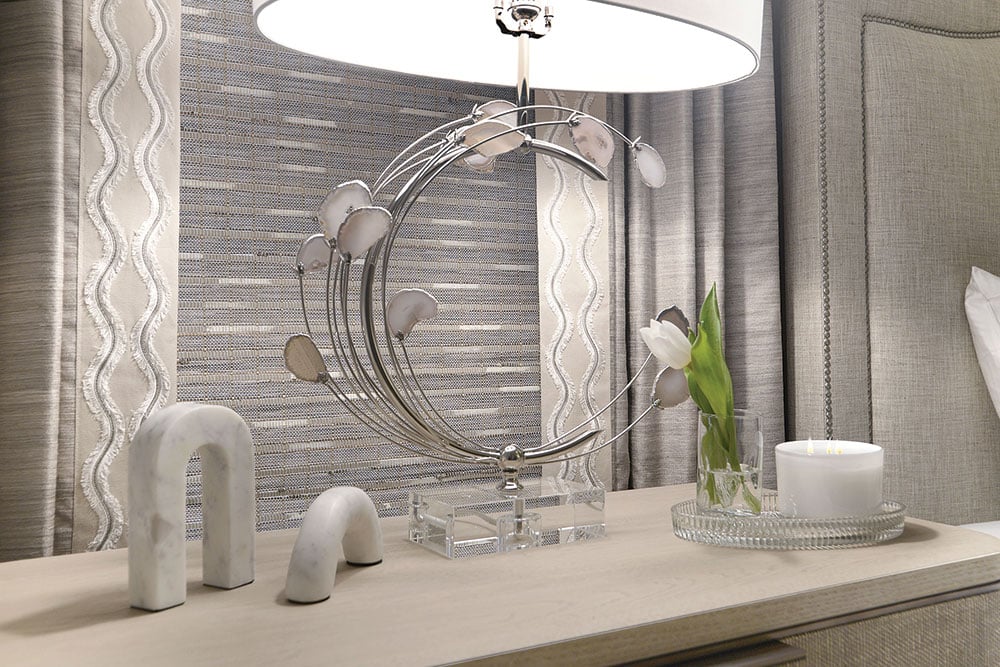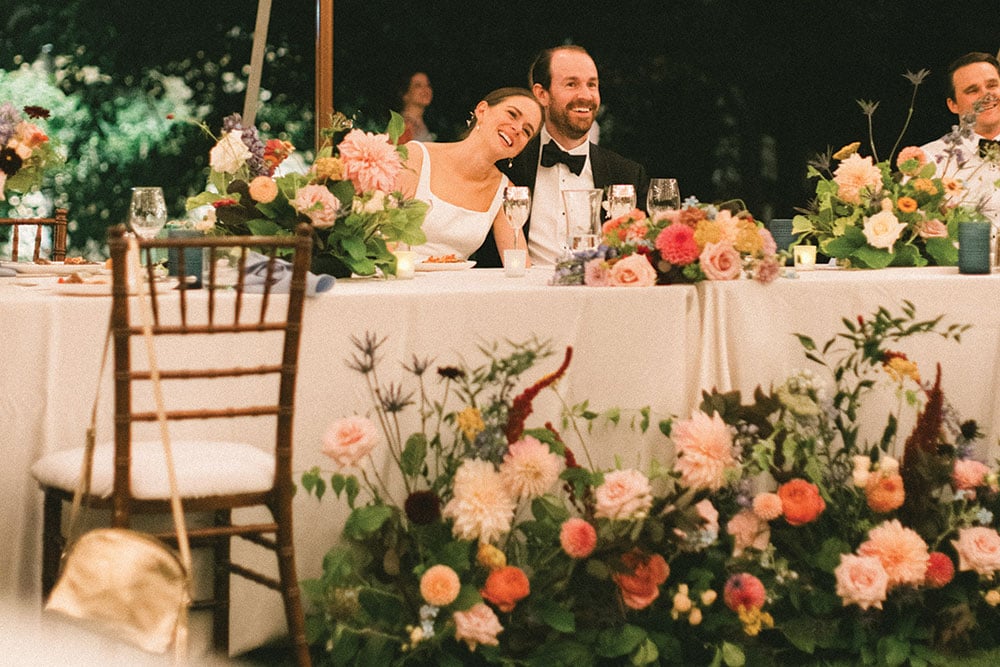Want to Learn How to Play Pickleball? Here’s the Ultimate Guide to Playing in Pittsburgh
As the sport takes off in the Steel City, here’s where to play, how to play and what it’s like to be in the world of dinkers and bangers.
If you had never heard of pickleball before 2019, you’re not alone.
Although the sport was invented in 1965, pickleball only gained popularity in dribs and drabs over the years, remaining a relatively niche sport for decades.
But now, according to the latest data released by USA Pickleball, pickleball’s national governing body, it’s the nation’s fastest-growing sport. More than 14% of Americans (a whopping 36.5 million people) played pickleball from August 2021 to August 2022, with more than 8.5 million people playing pickleball eight times or more over that period.
That’s a lot of people playing a sport that was relatively unknown a decade ago.
Pickleball, as the story goes, was invented when three friends were looking for an activity to keep their kids entertained and created the game using the only equipment they had at their disposal: ping-pong paddles, a wiffle ball and a badminton court. It borrows elements from badminton, ping pong and tennis, and is now a common part of physical education for elementary school students. Dedicated pickleball courts regularly have long lines of waiting players, there are wait lists to join local pickleball clubs and an entire pickleball coaching industry is popping up — not to mention pickleball gyms, camps, activity centers, a chain of restaurants and other side businesses. That includes the Canonsburg-based Pickleball Magazine, which launched with 15,000 subscribers in 2015 and now reaches more than 2 million readers for every bi-monthly issue, according to publisher and founder Wayne Dollard.
“We’ve featured celebrities and sports legends, including country pop’s Maren Morris, NFL’s Larry Fitzgerald and Drew Brees, NHL’s Kris Draper, and tennis icons John McEnroe, Andre Agassi, Andy Roddick and Michael Chang,” as well as features on pickleball instructions, rules and the latest gear, says Pickleball Magazine’s editorial director Julie Talerico (a former Pittsburgh Magazine editor).
And the amount of pickleball players in Pittsburgh is growing, too.
Larry Gioia owns Side ’Aht Pickleball (which takes its name from the pickleball term ‘side out’), an organization that sells Pittsburgh-based pickleball merchandise to fund community pickleball projects — including programs that promote inclusivity in pickleball and pickleball events in Pittsburgh. He says he was hooked the first time he played.
“I did not know what the hell Pickleball was until about six years ago,” Gioia says. “My father invited me to play this silly game or what I thought was a silly game. He got me into this, and at first, I was apprehensive. You walk on the court, and you’re like, ‘This is definitely for people who are aged up and not for me.’ Like, I don’t want to come out here and cream old people, you know? Then you’re in there, and you’re like, ‘Oh, this is not what I expected at all.’”
The beauty of pickleball, says Gioia, is that age, and other athletic abilities, aren’t the barriers to entry they can be for other sports.
Pickleball player and instructor Laurel Heilman agrees. She started playing pickleball a few years ago, after her father, who was 88 years old at the time, began playing with his friends three times a week.
“Every time I called home, my mom would say, ‘Your dad is out again playing pickleball,’” Heilman says. “And I was like, ‘He’s 88 years old! How is an 88-year-old going three times a week?’ So I checked it out for myself.”
After a decades-long career spent coaching college basketball, she translated those skills into a pickleball coaching business in and around Pittsburgh. “It made sense to me to start writing up drill sessions and workouts and create introductory classes, beginner classes,” Heilman says. “Visually, I’m able to correct things and help people on their specific pickleball journey.”
The sport has found an audience, she says, because it’s not difficult to improve your performance once you understand the basics.
“Tennis takes you years to be confident,” she says. “The court is huge. It takes a long time just to be
able to keep a ball going back and forth. But pickleball doesn’t take as long, so you can pick it up easily.”
Heilman, who mostly works in the South Hills, says the increase in new clients has exploded in recent years.
“The problem for me and other instructors is finding courts because the game is so popular,” she says. “If I had my own place, I literally could probably teach morning through night.”
As demand from players reaches a fever pitch, the City of Pittsburgh, other municipalities, parks and recreation directors, and community leaders are trying to find new places to add courts.
Right now, there are 14 outdoor pickleball courts run by the City of Pittsburgh, including at Allegheny Commons East Park, Schenley Park, Frick Park and Bud Hammer Park in Hazelwood. In welcome news to the pickleball community, the city announced late last year that it would add 10 new pickleball courts on Washington’s Landing; they’re under construction now.
Those are just the outdoor courts run by the city. There are dozens of other places to play, if you know where to look.
Gioia created a mostly crowd-sourced map on his website (sideaht.com) that informally lists available courts (both indoor and outdoor) in Western Pennsylvania and as far east as State College in Centre County, from converted tennis courts to pickleball spaces at youth recreation centers.
It’s not a perfect list, Gioia says, but it’s a good place for players to start when they’re looking for a court.
“Demand is just incredibly high, and there’s just a very limited supply,” he says. “Now there are churches saying, ‘Wait a minute, we have this empty gym, we can use it for pickleball.’ There’s a lot of unused spaces turning into pickleball courts because the demand is so high, and people will not bat an eye at paying five bucks to go play for a couple of hours.”
The boom is not without controversy. Across the country, the sport has spawned noise complaints and even lawsuits about the continuous loud tapping of plastic ball against paddle (it can be 25 decibels louder than a felt-covered tennis ball hitting a racquet), forcing some municipalities to close courts or limit hours.
Locally, Franklin Park Borough Council in March voted to require players to use only Gamma Foam Quiet pickleballs on courts in Old Orchard Park after nearby residents complained about the noise. The borough hired Thornton Acoustics & Vibrations to install a noise monitoring system, which found the noise emitted from pickleball exceeded the borough’s noise ordinance.
There’s also been a divide between pickleball enthusiasts and tennis players, most notably because of tennis-court conversions. Because of the smaller playing surface, four pickleball courts can fit on one tennis court. Clubs and rec centers, taking note of the sport’s rising popularity, are making the change.
Despite these concerns, communities across southwestern Pennsylvania are investing in pickleball and building courts in response to requests from community members.
Cranberry, which has one of the strongest pickleball contingencies in the state, invested early. The Cranberry Township Pickleball Association was founded in 2017 and now boasts more than 1,200 members. They recently opened 500 more membership slots ($125 per year for Cranberry residents and $138 per year for non-residents) to better meet community demand.
“I’m a member in Cranberry, even though it takes me an hour to get there,” says Heilman. “It’s just beautiful. Fences around each court, they’re just extremely organized. It’s everything.”
There are 13 dedicated outdoor courts at Graham Park in Cranberry — and six more were set to open in June — which can be covered with an inflatable dome for indoor play during the winter. The township’s Park & Recreation website even has a live ‘Court View’ feed, with a new photo taken of their courts every minute. On a recent sunny Wednesday at 11 a.m., every court was filled with doubles players.
Then there are pickleball events, most notably the GAMMA Pickleball Classic, one of the largest pickleball tournaments in the country.
The three-day event, hosted by Pittsburgh-based GAMMA Sports, will be held this year from Aug. 18-20 at Downtown’s David L. Lawrence Convention Center. Hundreds of players from around the country will participate in the all-level tournament.
Josh Taylor-Martin, vice president of marketing and supply chain at GAMMA Sports, says GAMMA started creating pickleball products a few years ago after the company noticed that other brands were re-purposing their tennis racquet grips to use on pickleball paddles.
“We decided to launch some of our own paddles and see what we could do with it,” he says. “And it’s been bananas ever since.”
The GAMMA Classic is open to anybody, with any skill level. “Even if you’ve only picked up a paddle a couple of times,” Taylor-Martin says, “it’s a great way to test your tournament chops.”
Across the region, other organizations are embracing pickleball and hosting organized tournaments regularly, including at the Robinson Township Recreation Center and weekly matches run by the Pittsburgh Sports League.
Taylor-Martin says that once a player picks up a pickleball paddle, they become evangelical about the sport.
“I was at, and this is terrible, but I was at a funeral for my uncle in February, and my cousins, aunts, uncles, everybody, the only thing they wanted to talk to me about was pickleball,” Taylor-Martin says. “Not, ‘Hey, it’s been years since we’ve seen you.’ It was, ‘Hey, can we talk about pickleball a little bit? Can you get me a paddle?’ Like, I should have brought some paddles to the funeral! Once people get bit by the pickleball bug, there’s very little that can claw them back from it.”
Emily Catalano is a writer and founder of Highly Social Media, a social media and influencer marketing agency. She also runs the website Good Food Pittsburgh.
How to Play
The easiest way to learn is by picking up a paddle and learning the rules hands-on. But these are the general steps to play:
- The game starts with one team serving the ball diagonally to their opponent.
- Once the ball is in play, both teams must let it bounce once on their side before they can hit it.
- After the ball has bounced once on each side, players can either volley it back and forth or let it bounce before hitting it.
- The ball remains in play until one team fails to return it properly (also known as a fault).
- Points are scored by the serving team when the receiving team either commits a fault or fails to return the ball.
- The first team to reach 11 points (with a two-point advantage) wins.
Equipment
You don’t need much equipment to play pickleball, but each match does require:
- A pickleball paddle (you can find sets of four online for as little as $30 or spend up to $250 on a professional-grade paddle).
- A perforated pickleball ball, similar to a wiffle ball but slightly smaller in diameter (note that there are slight differences in balls for indoor and outdoor play).
- A rectangular court, similar in size to a badminton court, with a net that is 36 inches tall.
Terms to Know:
- Non-Volley Zone
A section of the court next to the net where players are prohibited from stepping inside, unless the ball has bounced. (It’s also known as “the kitchen.”) - Banger
Whacking the ball from a short distance, which can result in rapid-fire exchanges. - Dink
A soft shot that arcs over the net and lands in a non-volley zone. - Dead Ball
The pickleball ball after a fault is called. - Fault
An action that is a violation of the rules of pickleball, causing play to stop. - Side Out
A side out is called when one side loses its service, and the other side is awarded the serve. - Rally
The continuous play that happens after a serve and before one side faults.
Where to Play
The City of Pittsburgh currently has 14 outdoor pickleball courts:
- Allegheny Commons East (2)
- Bud Hammer Park (2)
- Fineview Park (1)
- Frick Park (3)
- Moore Park (2)
- Schenley Park (4)
Indoor pickleball courts are available at CitiParks Recreation Centers in Arlington, Brookline, Phillips and West Penn. Riverbank Park in Verona has four outdoor pickleball courts available daily from 9 a.m. until dark, with two courts always available for drop-in play. Graham Park in Cranberry has 13 dedicated outdoor courts, available to members of the Cranberry Township Pickleball Association. Lauri Ann West Community Center in O’Hara offers indoor pickleball sessions throughout the week.
The website sideaht.com has an interactive map with dozens of available courts.
Pickleball Tips
New to pickleball? Players and coaches share their tips:
- Don’t assume anything. “You might see someone who doesn’t look athletic, or they appear to be older, and you think you can take them,” says Larry Gioia. “I’ve thought, ‘I’m younger, I’m more athletic, I’m faster.’ And then I would just get smoked.”
- Introduce yourself to your opponents. “If you’re playing with strangers, at the very least, share your name. It happens all the time, because you’re mixing with everybody, but introduce yourself before the game,” says Laurel Heilman.
- Play within your skill level. “Find a beginner group, an open play group,” says Heilman. “As you get better, you can move up, but it definitely helps to play with those on your level.”
- If you want to start playing more frequently, speak up. “It’s very casual here in Pittsburgh, but there are a lot of cliques. People who like to play together form their own text threads. They’ve got their own WhatsApp groups where they’re organizing play. You’ve got to be proactive and let people know you want to be included,” Gioia says.
- Invite others to play. “The very ethos of pickleball is that it’s so approachable,” says Gioia. “If I see someone sitting on the side with their paddles, I invite them to play, just to play.”
- Remember, the receiving team always gets the benefit of the doubt. “You call your own lines, and it’s literally your call to make if the ball is in or out,” Gioia says. “So, you just have to trust your opponent, and let the call stand, unless it’s an officiated game.”
- Wait your turn. “If someone is playing a game and you’re trying to get to the court next to them, don’t walk behind the court during a rally,” says Heilman. “Respect the rally that’s going on, wait until there’s a miss, then walk behind the court.”
- Watch your balls. “If your ball rolls over to another court, don’t run in the middle of the court to get it back, but do yell, ‘Ball, Ball, Ball,’ if there’s a safety issue,” Heilman says. “And, when you give someone’s ball back, don’t trade it with your ball. Everybody wants their own ball back.”












